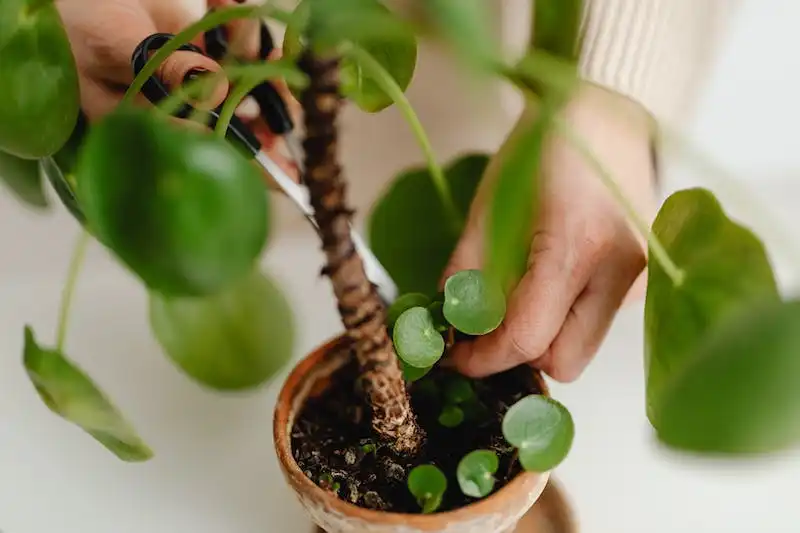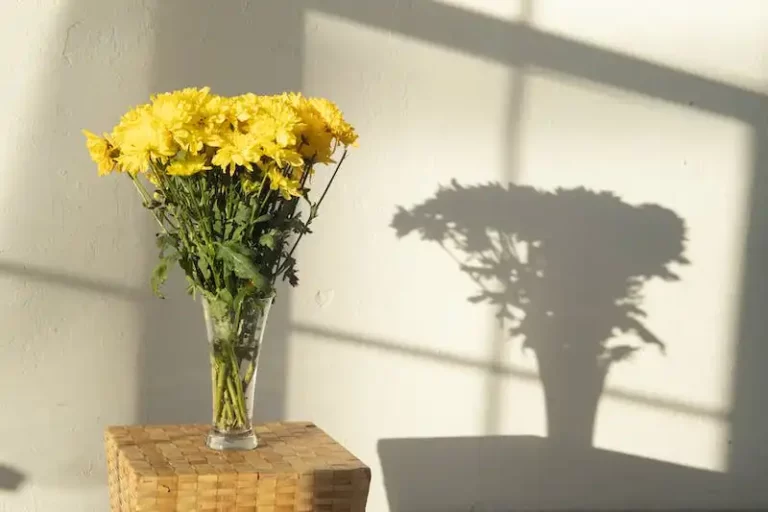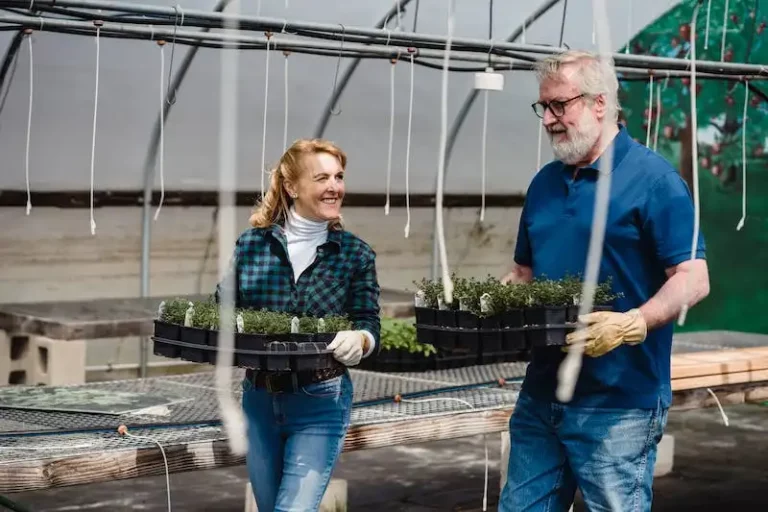Planting bare root roses is a favorite of many gardeners. It’s an ecological choice that saves money, and it allows you to choose from a wider variety of plants. Plus, it’s a great way to fill your garden with beautiful flowers without having to wait until the warmer months.
When you plant bare root roses, timing is key. The best time to plant them is in the colder months, when the ground is soft but not frozen. Once the roses arrive, it’s important to prep the planting site. Dig a hole and water it generously. Then, position the rose so that the bud union is just above ground level.
Before you plant the rose, you’ll want to prune the roots. This will ensure that the roots are able to spread and grow properly. Use a pair of sharp gardening tools to prune any damaged or broken roots. If the roots are long, you can trim them so that they fit in the hole.
Once the rose is in the hole, fill it with a mixture of composted soil and water. This will help the rose establish a healthy root system. After planting, mulch around the base of the plant to help retain moisture. Then, water the rose thoroughly and add a layer of mulch on top to keep the roots protected.
In the video, Sara Cranford, a seasoned gardener, shares her tips and tricks for planting bare root roses. She explains the entire process, step by step, while demonstrating the techniques she uses in her own garden. Sara also provides special instructions for planting bare root roses in containers, as well as tips for choosing the right rose variety for your garden.
Planting bare root roses may seem daunting, but with the right tools and instructions, it can be a rewarding experience. So, if you’re ready to give it a go, make sure to watch the video to learn all the tips and tricks from an experienced gardener.
Roses
Roses are beautiful and popular flowers that have been cultivated for centuries. They come in a variety of colors and sizes, making them a versatile choice for any garden.
When it comes to planting roses, there are a few key steps to follow to ensure success. First, you’ll need to choose the right location for your roses. Roses prefer a sunny spot with well-draining soil. Before planting, it’s important to prepare the ground by removing any weeds or grass and loosening the soil.
Before planting bare root roses, you should inspect the roots and remove any damaged or dead ones. It’s also a good idea to soak the roots in water for a few hours to rehydrate them.
When it’s time to plant, dig a hole that is wide and deep enough to accommodate the roots. Place the rose in the hole and backfill with soil, making sure to firm it gently around the roots. Water the rose thoroughly once it’s planted.
In colder climates, it’s important to protect your roses during the winter months. You can do this by mulching around the base of the plant with organic materials like straw or leaves. This will help to insulate the roots and retain moisture.
Caring for your roses is also an important factor in their success. They will need regular watering, especially during hot and dry periods. Fertilizing roses with a slow-release, organic fertilizer can also help to keep them healthy.
Roses are a favorite choice for many gardeners because of their beauty and fragrance. Whether you’re a seasoned gardener or a beginner, roses are a great addition to any garden.
| Related Videos |
|---|
| – How to Plant Bare Root Roses Video |
| – Winter Care for Roses |
| – Tips for Growing Healthy Roses |
How to Plant Bare Root Roses Video
Planting bare root roses can be a rewarding and enjoyable experience. In this video, we will show you the step-by-step process of planting bare root roses to ensure they grow healthy and beautiful.
First, you’ll need to dig a hole in a suitable location in your garden. The size of the hole will vary depending on the size of your bare root rose. Make sure the hole is wide enough to accommodate the roots and deep enough to allow the bud union to sit slightly above ground level.
Before planting, it’s important to prepare the soil. This includes adding organic matter and loosening the soil to create a well-draining environment for your roses. You can also add a layer of mycorrhizal fungi to promote root growth and increase nutrient uptake.
Next, gently remove the bare root rose from its packaging and place it in the hole, making sure that the bud union is above ground. Spread the roots out evenly and backfill the hole with soil, firming it gently. Water the newly planted rose thoroughly to settle the soil and remove any air pockets.
Throughout the growing season, it’s important to water your roses regularly, especially during dry periods. Ensure that the soil stays evenly moist but not waterlogged. Mulching around the base of the rose can help retain moisture and suppress weeds.
During winter, bare root roses will go dormant. It’s important to protect them from harsh winter conditions, especially in colder climates. You can cover the base of the rose with soil or mulch, or even wrap it in burlap for added insulation.
Pruning is an important part of rose care. It helps to shape the plant, remove dead or diseased wood, and encourage new growth. Pruning should be done in late winter or early spring before new growth begins.
If you have any questions or need further assistance, visit your local gardening center or consult a professional gardener. They’ll be able to provide you with the best advice and guidance for your specific needs.
To learn more about planting and growing bare root roses, watch our helpful video series on our website. These videos will give you step-by-step instructions and useful tips to ensure your roses thrive all year round.
Related Articles
- Tips on Planting Bareroot Roses
- How to Choose the Best Bareroot Rose Variety
- Building Healthy Soil for Bareroot Roses
- When and How to Mulch Bareroot Roses
- Support Options for Bareroot Roses
- Winter Care for Bareroot Roses
- Bareroot Rose Planting FAQs
If you’re growing bareroot roses for the first time, you might have some questions about how to plant them and what to expect. These related articles will provide tips and advice to help you along the way.
In “Tips on Planting Bareroot Roses,” we take a look at the steps involved in planting bareroot roses, from digging the hole to watering and fertilizing. You’ll learn how to choose the best bareroot rose variety for your zone and how to keep your roses healthy and blooming.
If you’re unsure about building healthy soil for your bareroot roses, “Building Healthy Soil for Bareroot Roses” provides tips on composting and adding organic matter to improve soil fertility. Discover the benefits of composted soil and how it can support the growth of your roses.
When and how to mulch bareroot roses can be a common question. In “When and How to Mulch Bareroot Roses,” you’ll learn about the benefits of mulching and the best time to apply it. Get tips on choosing the right mulch material and how much mulch to use.
Support options for bareroot roses are also important to consider. In “Support Options for Bareroot Roses,” we explore different types of support systems, such as trellises and stakes, and how they can help your roses grow upright and bloom beautifully.
Winter care for bareroot roses is crucial to ensure their survival. In “Winter Care for Bareroot Roses,” you’ll find helpful tips on protecting your roses from cold temperatures and frost damage. Learn how to properly wrap and insulate your roses for the winter months.
For more specific questions about planting bareroot roses, the “Bareroot Rose Planting FAQs” article addresses common concerns and provides helpful answers. From how deep to plant the roots to whether or not to remove the plastic wrapping, you’ll find answers to all your burning questions.
These related articles will provide additional information and shortcuts to help you successfully plant and care for your bareroot roses. Remember to visit our page of videos to watch step-by-step tutorials on bareroot rose planting, and check out our other articles for more tips on growing healthy plants.
– Sara Kamala
Latest
When it comes to planting bare root roses, the process may seem intimidating at first. But with the right tools and instructions, it’s actually quite simple. In a series of videos from expert gardener Dr. Kamala Egendorf, you can learn how to properly plant bare root roses in your garden.
The first step is to inspect your bare root roses before planting. You want to make sure that the roots are healthy and free from any signs of disease or pests. If needed, soak the roots in water for about an hour to help them rehydrate.
Before digging a hole for your bare root roses, choose the right location in your garden. Roses prefer well-drained soils, so avoid areas where water tends to pool. Dig a hole that is wide and deep enough to accommodate the root system, making sure to loosen the soil at the bottom with a garden spade.
Once the hole is ready, sprinkle a little mycorrhizal fungi at the bottom. This beneficial fungus helps the roots absorb nutrients and moisture from the soil. Then, place the bare root rose in the hole, making sure that the bud union – where the rose was grafted onto the rootstock – is slightly above the soil level.
Backfill the hole with soil, gently pressing it down to eliminate any air pockets. Water the newly planted rose thoroughly to settle the soil and provide much-needed moisture. Adding a layer of mulch around the base of the rose can help retain moisture and suppress weed growth.
Repeat these steps for each bare root rose you are planting. Remember, the specific instructions may vary depending on the rose variety, so it’s best to consult the packaging or an expert gardener for further guidance. In the videos, Dr. Kamala Egendorf shares tips and tricks for planting bare root roses, making it easier for beginners to successfully grow these beautiful plants.
So, if you’re a first-time rose gardener or simply looking for a refresher on planting bare root roses, be sure to check out the instructional videos from Dr. Kamala Egendorf. With her guidance, you’ll be ready to start growing your own beautiful roses in no time.
Kamala Sankaram Asks What We Mean By “Nature”
In the video “How to Plant Bare Root Roses”, Kamala Sankaram asks an interesting question about our understanding of “nature”. When we think of nature, we often envision the outside world filled with trees, plants, and animals. But what exactly do we mean by “nature”?
For a gardener, “nature” can mean the natural processes and cycles that plants go through. It’s a combination of the soil, water, sunlight, and air that plants need to grow. When it comes to bare root roses, this definition of “nature” is particularly relevant.
When a gardener receives bare root roses, they are essentially receiving plants without any soil or pots. These roses have their roots exposed, which can make them vulnerable to drying out. To ensure their survival, it’s important to properly plant them in the ground.
The first step is to choose a location with the right conditions for the roses to thrive. Roses generally prefer well-draining soils and at least six hours of sunlight per day. Once you’ve found the perfect spot, it’s time to plant the bare root roses.
Before planting, make sure to soak the roots in water for a few hours. This helps rehydrate the roots and prepare them for growth. Next, dig a hole that is wide and deep enough to accommodate the root system of the rose. The hole should be large enough to allow the roots to spread out comfortably.
Once the hole is prepared, sprinkle some compost or organic matter at the bottom. This layer of mulch helps improve the soil’s fertility and provides nutrients for the growing rose. Gently place the bare root rose into the hole, making sure the bud union, which is the graft point, is at or slightly above ground level.
Next, backfill the hole with soil, making sure to gently firm it around the roots. Water the newly planted rose thoroughly, making sure the soil is evenly moist. To help retain moisture and suppress weeds, adding a layer of mulch around the base of the rose can be beneficial.
After planting, it’s important to continue caring for the rose to ensure its health and growth. Regular watering, especially during dry periods, and regular pruning to remove dead or damaged canes can help the rose flourish. It’s also important to protect the roses from frost by providing appropriate cover or moving them indoors during cold spells.
In conclusion, when Kamala Sankaram asks what we mean by “nature”, it’s clear that the term encompasses not only the outside world but also the processes and care involved in growing plants like bare root roses. By understanding the needs of these plants and providing them with the right conditions, we can help them thrive and contribute to the beauty of our gardens.
| Topics covered in the video: | ||||
|---|---|---|---|---|
| tissue | mulch | outside | expect | not |
| layer | graft | arch | order | bare |
| gardener | how | spade | root | when |
| asks | new | rose | plants | growing |
| goldenrods | longer | further | around | soils |
| healthy | the | is | roots | again |
| bbg | hardiness | climbed | frost | variety |
| long | little | generous | care | canes |
| frozen | right | until | before | they |
| you’ll | rose | level | soon | planted |
| topics | moisture | choose | least | helps |
| dormant | roots | there | they’re | bottom |
| angle | last | zone | pots | roses |
| where | then | what | long | cranford |
| heeling | state | visit | begin | arrived |
| sprinkle | fungi | “nature” | them |




